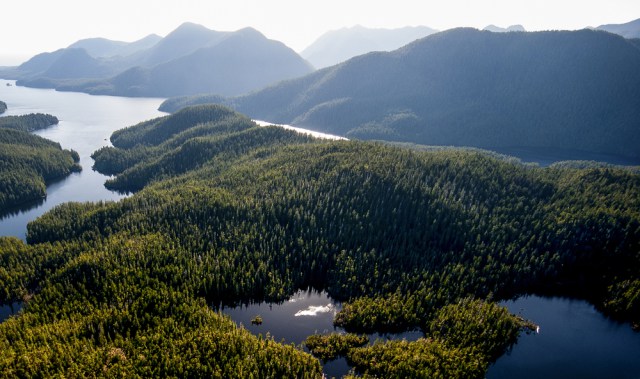Plantations International Info

Adams (TNC). Initially released by The Nature Conservancy as The Original Atmosphere Choice. Just as the world reaches grips with the severity of restricting international heating up to under 2 ° C, the main UN body accuseded of environment science(the IPCC)has actually been accuseded of understanding feasible impacts if temperature degrees enhance 1.5 ° C over pre-industrial levels as well as exactly how we might limit discharges to stay below this threshold.For those familiarized with the complexities of climate change along with the phone challenges it experiences– – the 1.5 number is not brand-new in as well as of itself– – scientists have extensive highlighted the requirement to keep warming degrees to’well-below’2 ° C. And likewise as 130 countries authorize the Paris Agreement– – the world’s first absolutely substantial climate contract which lays out a collective objective of maintaining globally heating to here 2 ° C, it also contains belief to seek initiatives to restrict the temperature level increase to 1.5 ° C.Understanding the relevance of this difference of 0.5 degrees requires a thesis in its own right, as well as bunches of experts are worried about exactly how we might get there.Emerging contract is resulting in an expanding concentrate on the demand for ‘‘ negative discharges’developments. Simply places, just how do we take CO2 out of the ambience once it’s been created. It could refer to a myriad of arguable and technically hard advancements, as well as additionally generally suggest the big variety execution of carbon capture in addition to storage space developments that hide CARBON DIOXIDE deep underground.My work at The Nature Conservancy is international, yet I am based in Oxford, where we are creating partnerships with Oxford College to discover this subject. Later this year, Oxford College is holding an international conference where researchers, policymakers, companies in addition to civil culture will certainly integrate to better identify merely what it would absolutely take to get to 1.5 levels. My hope is that by then, we will absolutely have been reliable in beginning to alter the narrative– – backed up by our own surfacing research– – pertaining to the array of the responsibility that nature (a typically disregarded remedy )can play to sustain our climate.The time for organic remedies is now Land usage is already high up on the IPCC routine: an added special data will certainly cover ‘‘ desertification, continent deterioration, long-term continent administration, food protection and likewise greenhouse gas modifications in terrestrial environments’. This is an exceptionally complex collection of problems, that cross minimising exhausts along with adjusting to a changing globe– – however at its core is a very simple idea: nature has a central role.This is a subject I have actually covered a lot in existing months, yet basically, it is that organic atmosphere solutions are supplied to us today– – on a considerable, globally variety– – at the time we require them most in addition to when time is out our side. Just how do we understand this? Newest research study shows us that nature could supply around a 3rd of just what we need to complete to slow or stop environment modification in the complying with Twenty Years, if we assist in means such as staying clear of logging, improving continent administration approaches as well as recovering already-degraded lands.The shift of the globe’s energy system from fossil-dominated to lower-carbon sources is under method, and indicators are motivating. Yet it is not happening quickly sufficient to prevent destructive environment adjustment. It is this simple fact– – that the continent use market is the only sector that could change from being a net resource of carbon to a web sink within as a little as a years. It is entitled to looking into that sentence again.All the clinical research recommends that for us to restrict heating to 1.5 levels, we need to improve the role played by nature– – which remains in reality, the original setting option. We must save nature to conserve ourselves. Or conserve nature so it could save itself as well as enable it to do simply exactly what it does finest. Keep the earth to life. Plantations International
The post After Paris– – Nature’s feature in objective 1.5 degree appeared initially on Plantations International.
